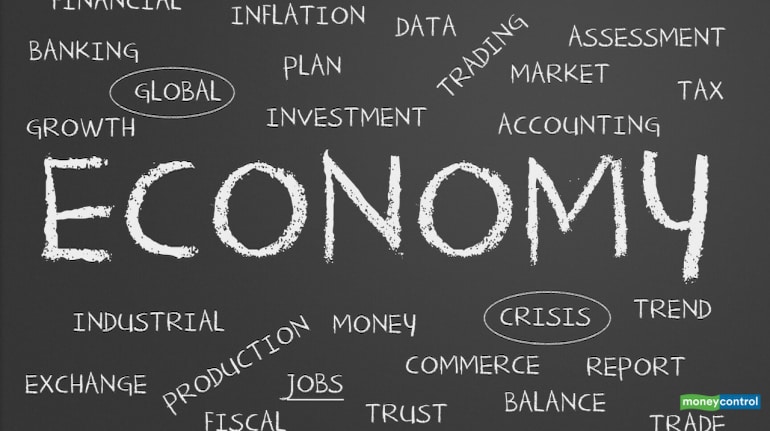



Coming into the second quarter, the investment landscape was littered with perceived risks to the economy. But little by little, the Wall of Worry is crumbling.
The upshot is that investors (and some economists, too) are finding fewer excuses for pessimism about the economy’s near-term prospects. Case in point: Goldman Sachs Group Inc chief economist Jan Hatzius, who just cut his odds of a recession within 12 months to 25 percent from a previous 35 percent.
Here’s Hatzius from Tuesday’s note: First, the tail risk of a disruptive debt ceiling fight has disappeared. … Second, we have become more confident in our baseline estimate that the banking stress will subtract only a modest 0.4 percentage points from real GDP growth this year, as regional bank stock prices have stabilised, deposit outflows have slowed, lending volumes have held up, and lending surveys point to only limited tightening ahead.
For Hatzius, the move marked a reversion to his odds before the failure of Silicon Valley Bank, and I suspect others will start to dial back their peak-March pessimism as well.
That would be in line with the sentiment in US markets, where the S&P 500 Index has rallied 19.8 percent from its bear market lows. The Chicago Board Options Exchange Volatility Index — aka the “fear gauge,” or VIX — just fell to the lowest since February 2020. And the Nations TailDex — which measures the cost of using out-of-the-money puts for tail risk on the SPDR S&P 500 ETF Trust — is at its lowest since April (and dropping like a rock).
more difficult to try to divine the shock that will tip the economy into a downturn, let alone put a time frame on it.
The 1970s and early 1980s recessions were set off by the Arab oil embargo and the Iranian Revolution, respectively, while the 2000-2001 recession— though already brewing from the dot-com bust— might have never
deepened enough to be called one in the absence of 9/11. In all of these cases, it’s safe to say that the catalysts didn’t fall within economists’ core areas of expertise.
At some point, the Fed’s monetary-policy medicine should kick in with even greater force and affect consumption and the labor market in earnest. If it doesn’t, policymakers may just administer some more of it. It’s no surprise, then, that even the most optimistic economists think the risks of a recession are elevated (“normal” is probably about 15 percent in any given year, consistent with the proportion of post-World War II history that the US has spent in a downturn).
But it may well take something else — perhaps something nobody’s thought of yet — to send the world’s biggest economy in reverse. At present, the market’s collective imagination is producing fewer candidates, and that could keep stocks on track awhile longer. Alternatively, maybe our blithe summer attitudes may just be setting us up for an even bigger fall.
Jonathan Levin has worked as a Bloomberg journalist in Latin America and the US, covering finance, markets and M&A. Views are personal and do not represent the stand of this publication.Credit: BloombergDiscover the latest Business News, Sensex, and Nifty updates. Obtain Personal Finance insights, tax queries, and expert opinions on Moneycontrol or download the Moneycontrol App to stay updated!
Find the best of Al News in one place, specially curated for you every weekend.
Stay on top of the latest tech trends and biggest startup news.